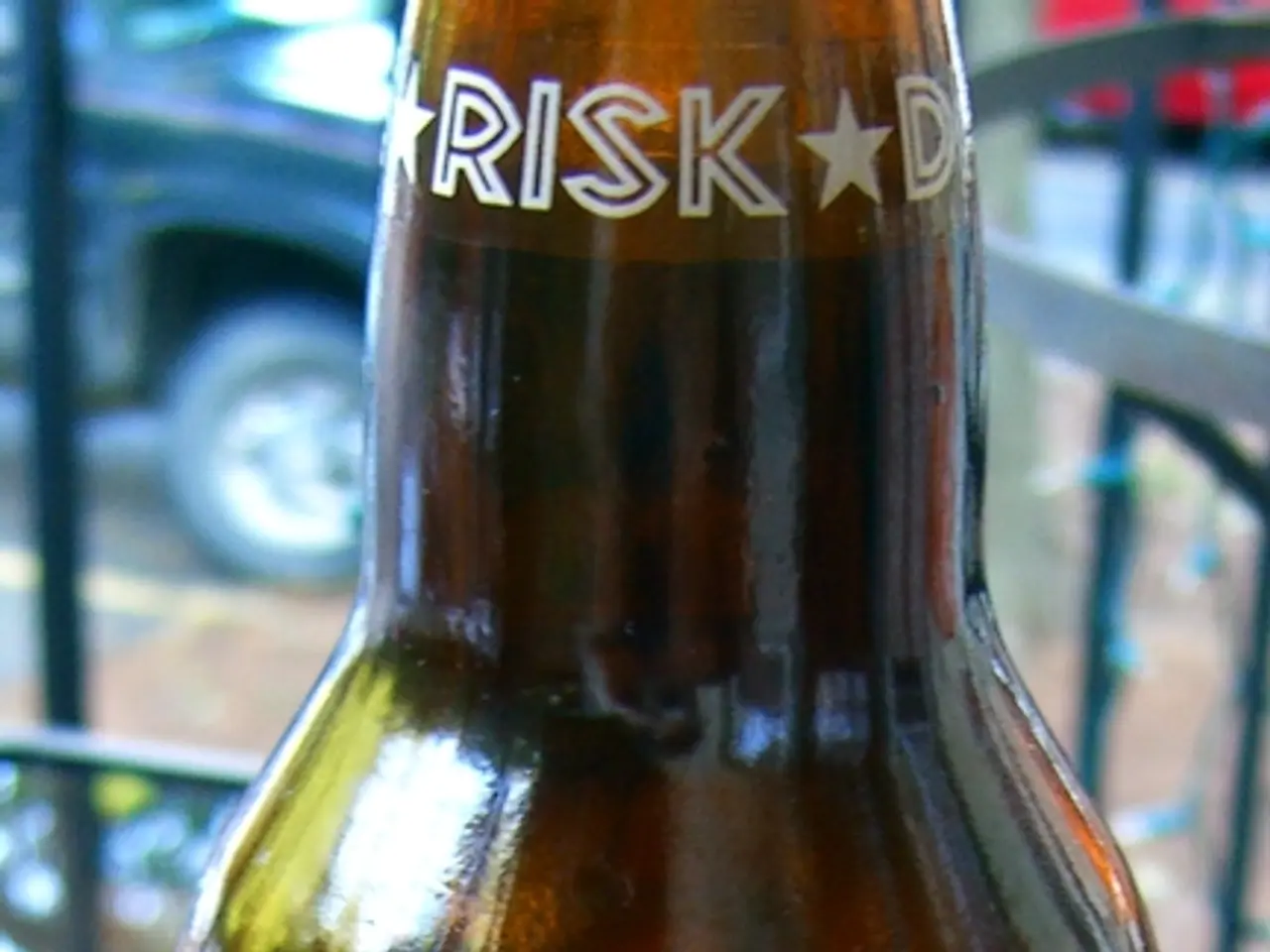Dangerous Heatwave: Guidelines to Maintain Safety in Intense Warm Temperatures
In the sweltering heat of summer, it's crucial to stay informed and prepared as heatwaves can pose serious health risks. This article is the third in a series on extreme heat, focusing on heatwave warning systems and how to stay safe.
Heatwave warning systems are designed to monitor temperature forecasts and compare them to predefined thresholds specific to regions. These systems issue alerts based on the level of heat risk, triggering varying degrees of public health and safety responses.
For instance, in the United Kingdom, the Met Office operates a Heat Health Watch system that categorizes each local area into four levels depending on temperature severity and duration. In the United States, city emergency management offices and the National Weather Service collaborate to issue heat warnings.
To stay informed about heatwave warnings, register for local emergency alert notifications, follow local meteorological services or health departments on social media or their websites, use public safety apps, and pay attention to local news and community bulletin boards.
Staying hydrated, avoiding strenuous activity during peak heat, and using cooling centers if needed are some ways to stay safe during a heatwave. Heatstrokes are commonly seen in individuals who engage in intense physical activity in hot environments, and clothing or equipment that hinders the body's ability to cool down can contribute to this condition.
Experts recommend drinking one cup of water every 15-20 minutes for outdoor workers in the heat and throughout the day for everyone else. Additionally, urinating around six to seven times a day during heat conditions is recommended.
Choosing lightweight, loose-fitting garments made from breathable fabrics like cotton and linen is recommended during a heatwave. Lightweight scarves can provide protection against sunburn while still being easy to remove. However, the debate regarding the best clothing color during a heat event is more complex, with mixed opinions about dark fabrics.
Studies have shown that dark clothing can effectively radiate heat away from the body more efficiently than white clothing, which tends to reflect heat back. However, dark colors absorb heat, so it's essential to consider factors like the time of day and the intensity of the sun.
Removing or modifying clothing or protective equipment reduces resistance to sweat evaporation and convective heat exchange at the skin surface. Layering can be beneficial during a heatwave, as it allows for adjustments based on changes in temperature throughout the day.
Residents can stay informed by following local weather services, using weather apps, and signing up for emergency alerts. Local authorities may open temporary shelters and cooling centers to protect citizens during extreme and prolonged heat events.
In conclusion, heatwave warning systems are a vital tool in protecting public health during extreme heat. By staying informed, following safety tips, and taking timely actions, we can reduce the risk of heat-related illness and mortality.
| Aspect | How It Works | How to Stay Informed | |-------------------|-------------------------------------------------------|--------------------------------------------------| | Detection | Monitoring temperature forecasts, thresholds by region or heat index levels | Sign up for local emergency alerts (email, SMS) | | Warning Levels | Multi-level heat health warning systems based on risk probability or heat index intensity | Follow local meteorological agencies and health departments | | Public Alerts | Broadcast via social media, news outlets, community boards, apps | Use safety apps like city emergency management apps | | Community Response| Activation of cooling centers, targeted outreach to vulnerable groups | Monitor community notices for cooling center info | | Preparedness Tips | Information on how to reduce heat risk shared broadly | Follow official health advice and advisories |
References: [1] Met Office, Heat Health Watch,
- Climate change, increasingly causing extreme heat events, demands our attention as it impacts both environment and health-and-wellness.
- Understanding climate change necessitates delving into environmental-science, especially the effects of rising temperatures on our ecosystems.
- To combat climate change, science offers therapies-and-treatments like CBD, an emerging field that advocates for its potential in minimizing anxiety and stress brought upon by climate change.
- Furthermore, reducing carbon footprint through conscious consumption and sustainable practices could have a significant impact in mitigating climate change.
- The environment, affected by climate change, also impacts our climate, influencing factors such as heatwaves and their implications on public health.




